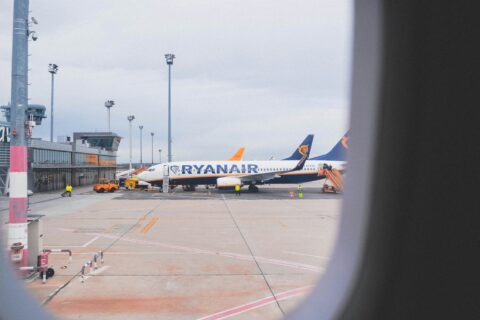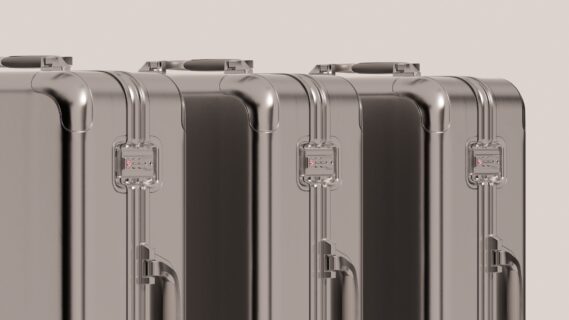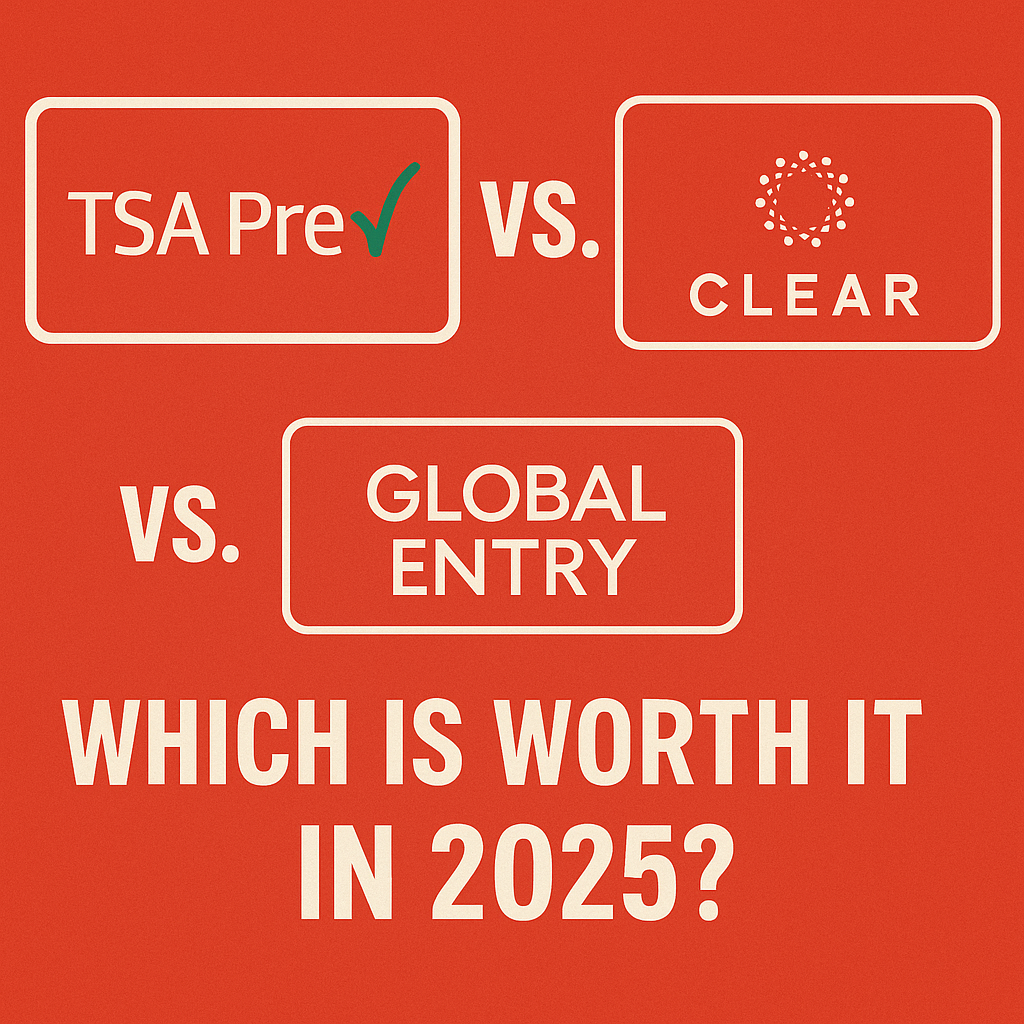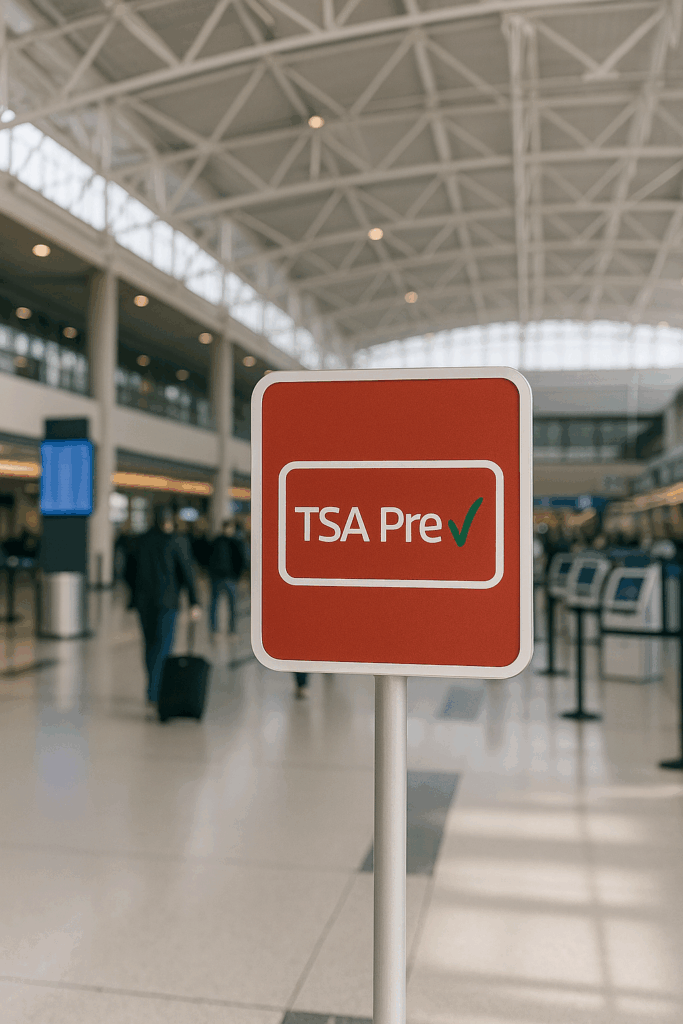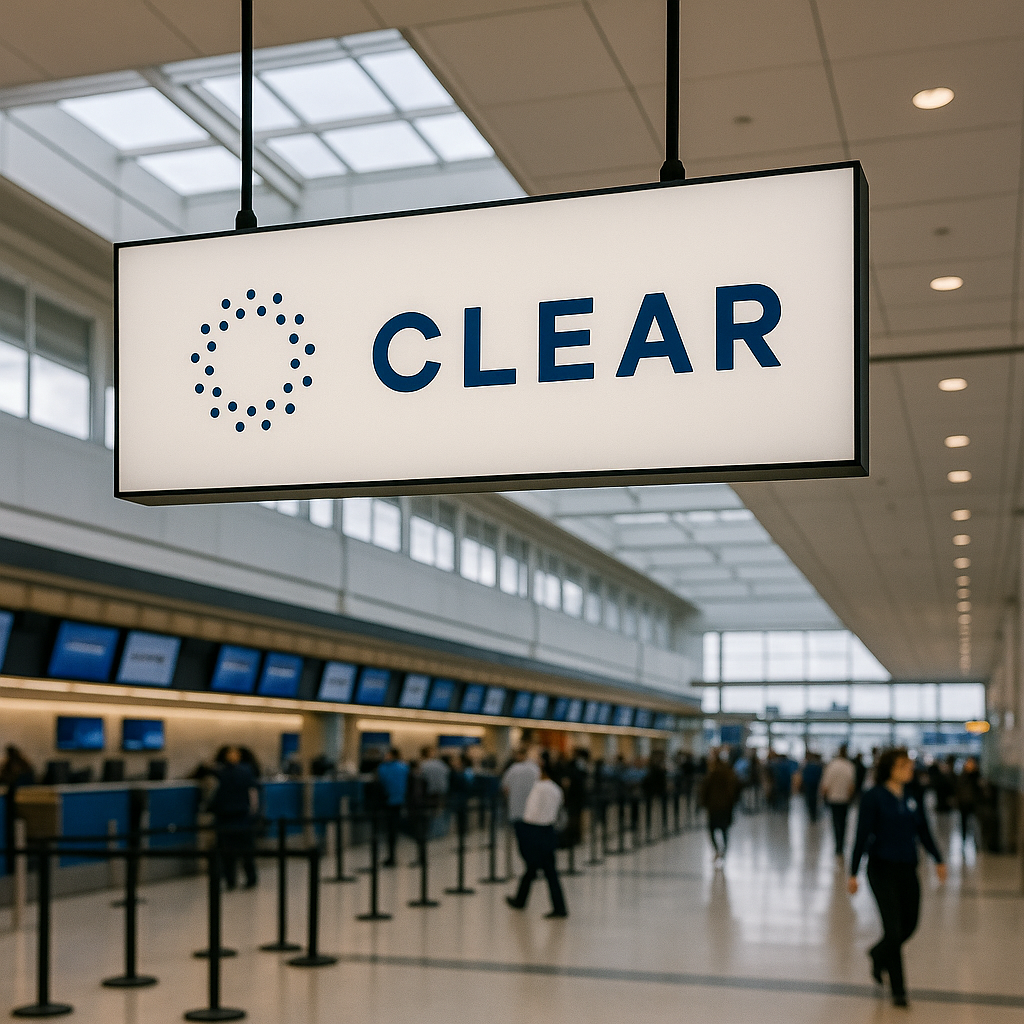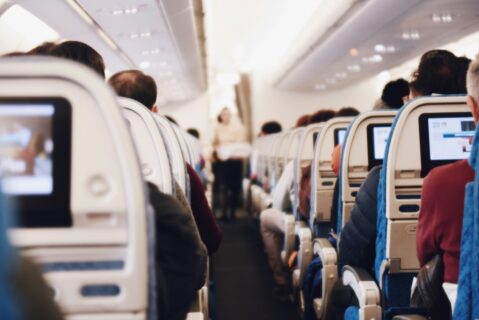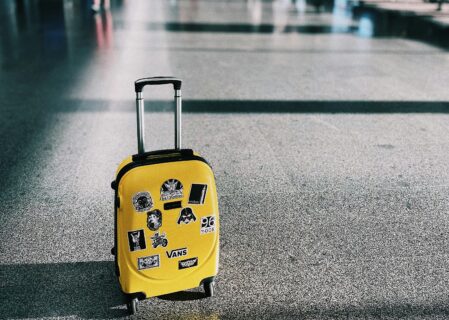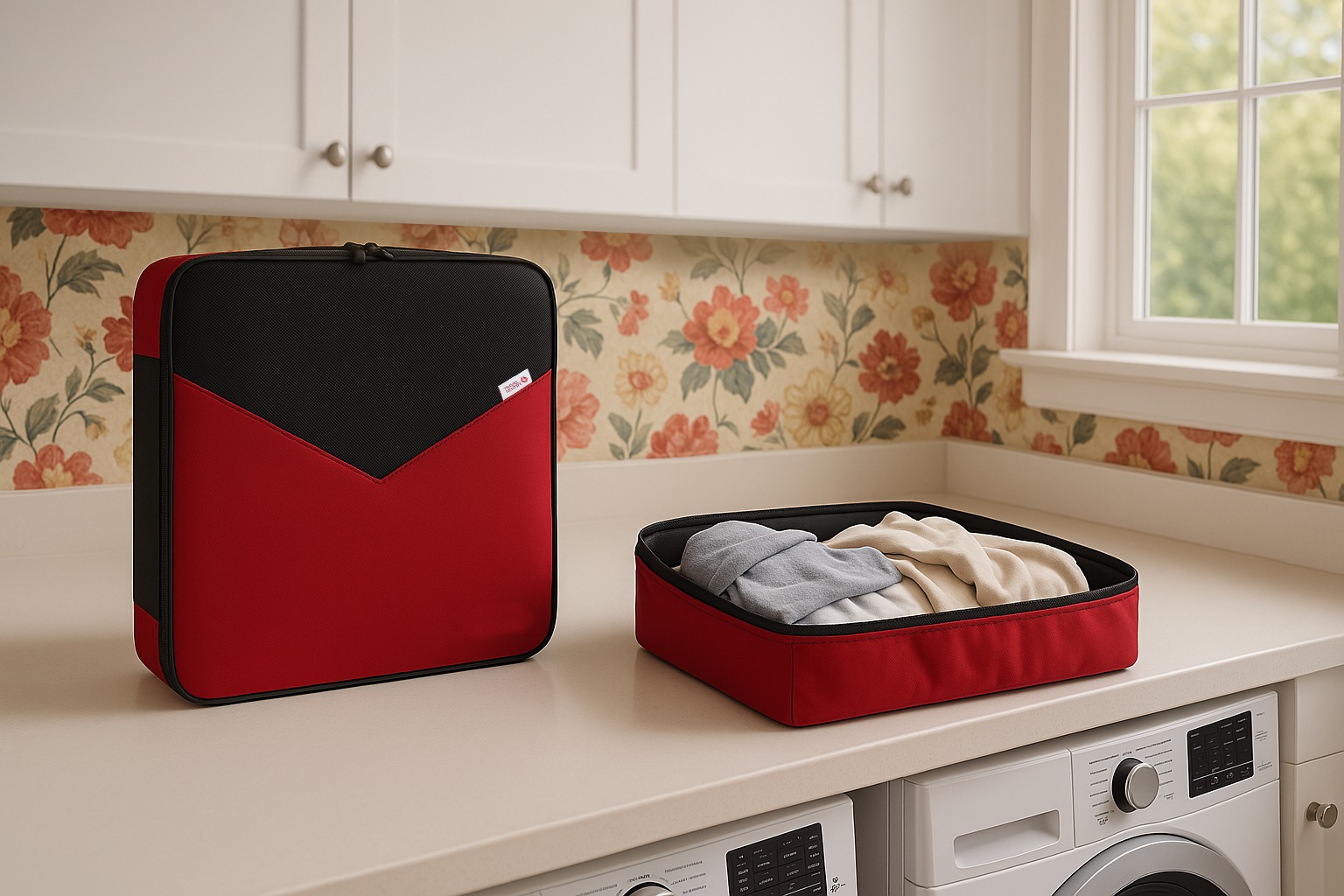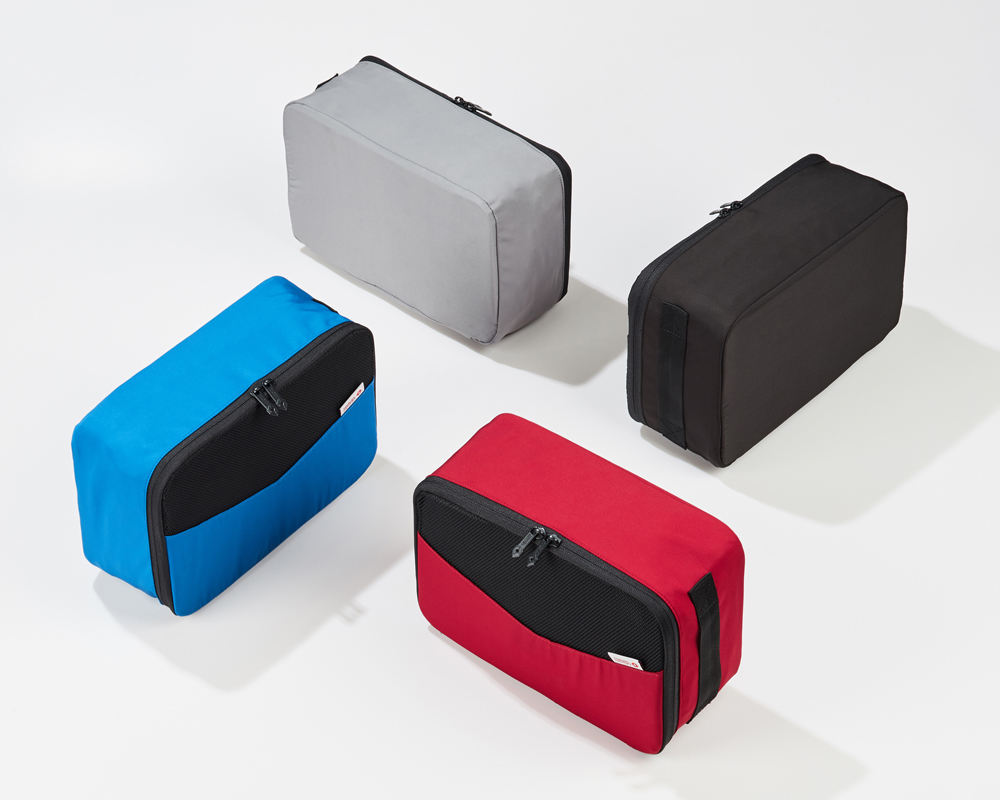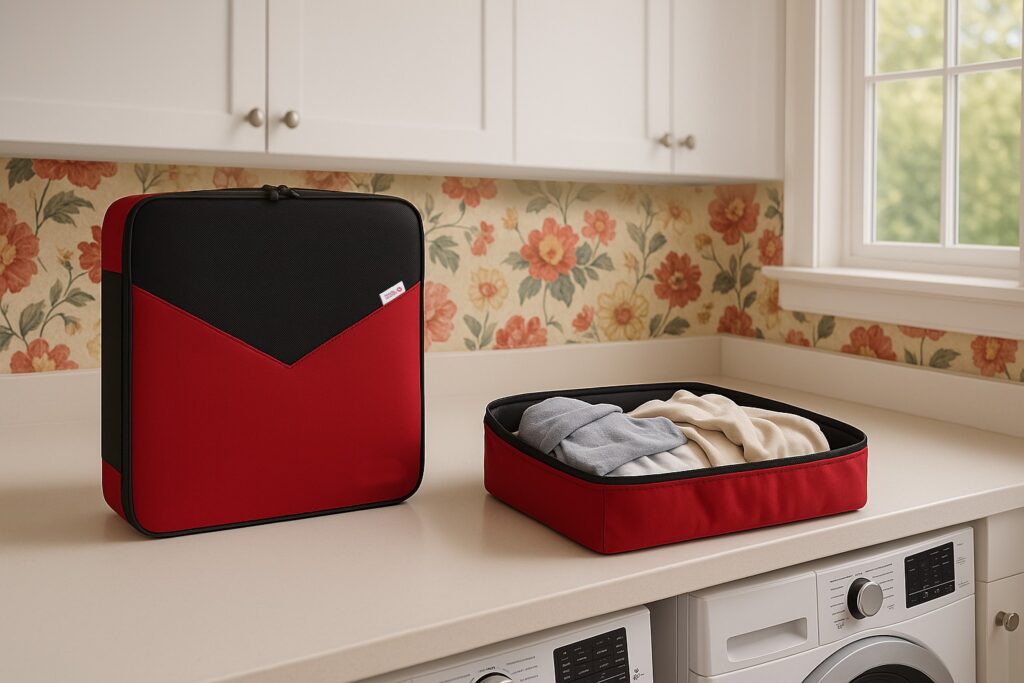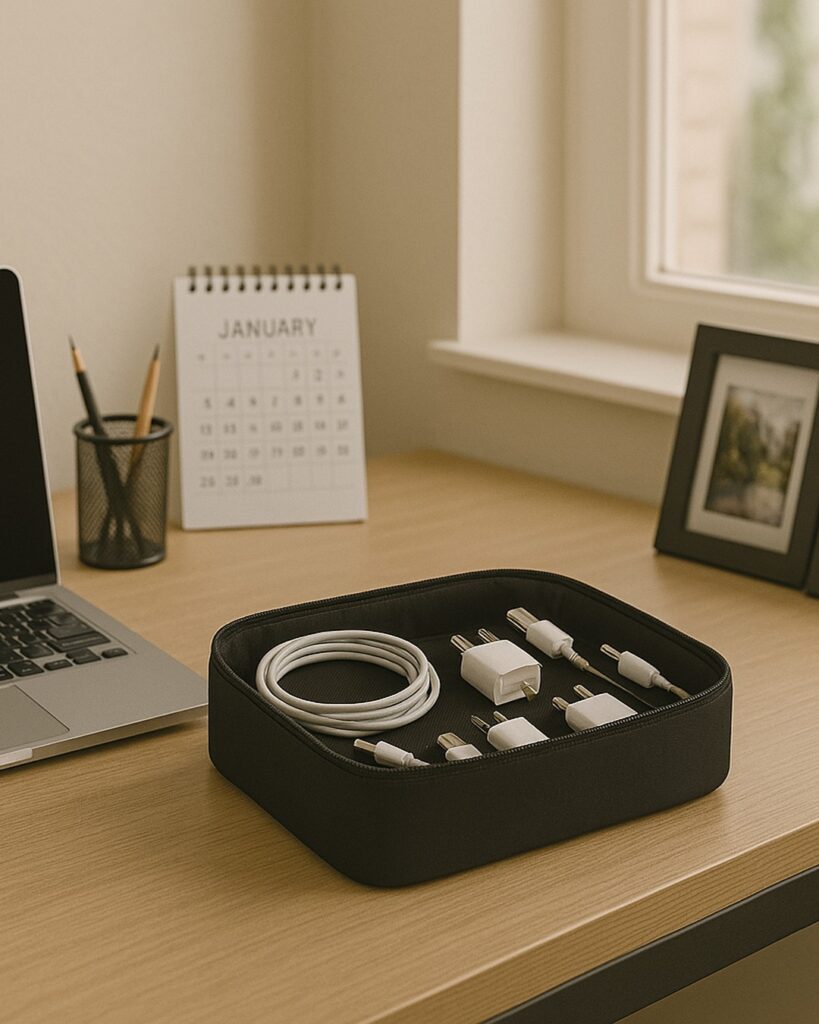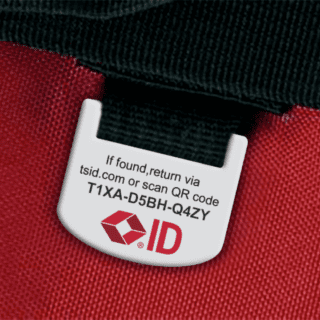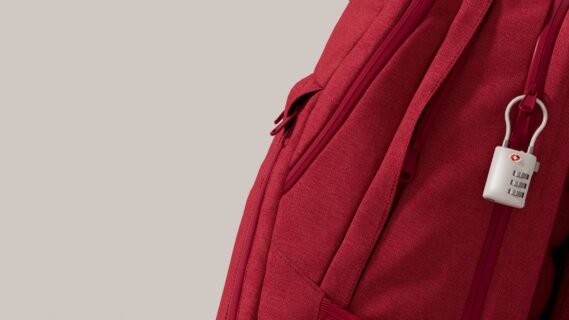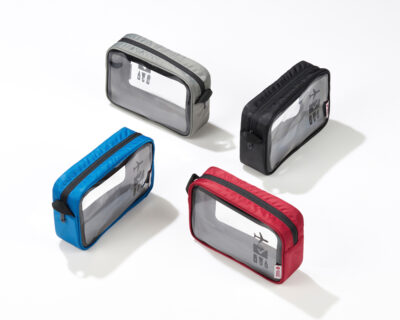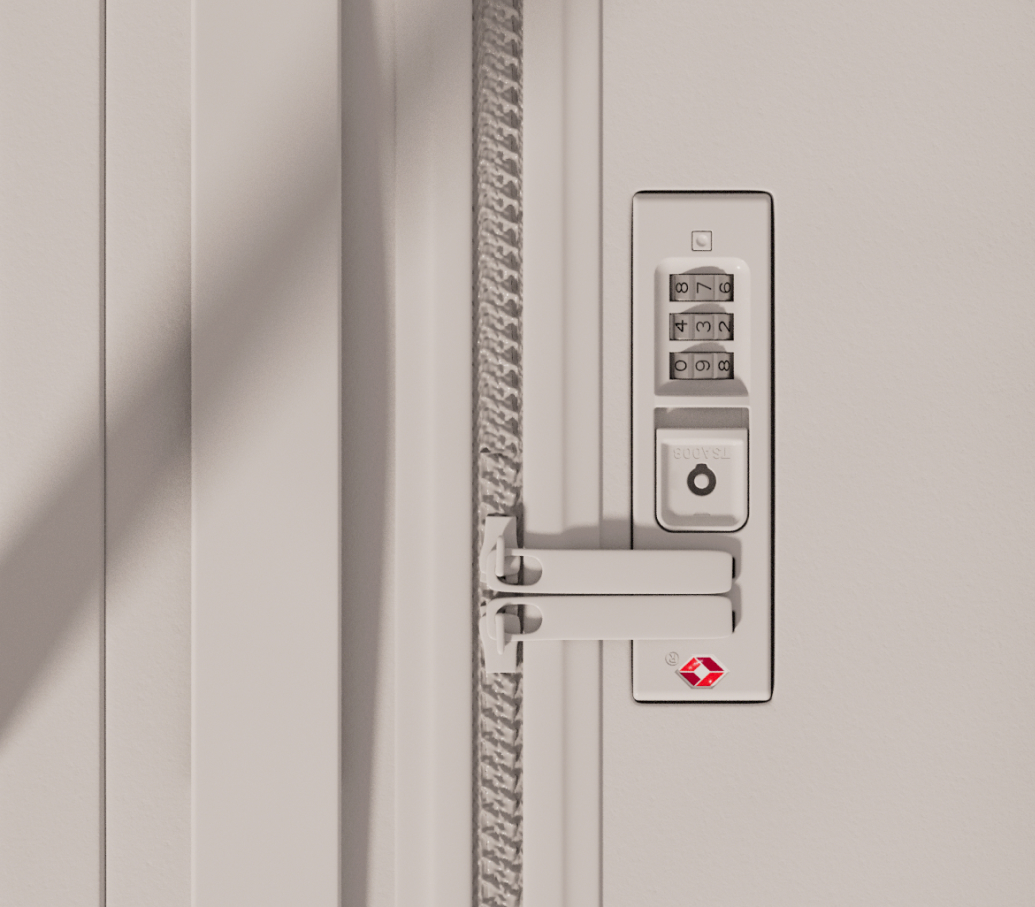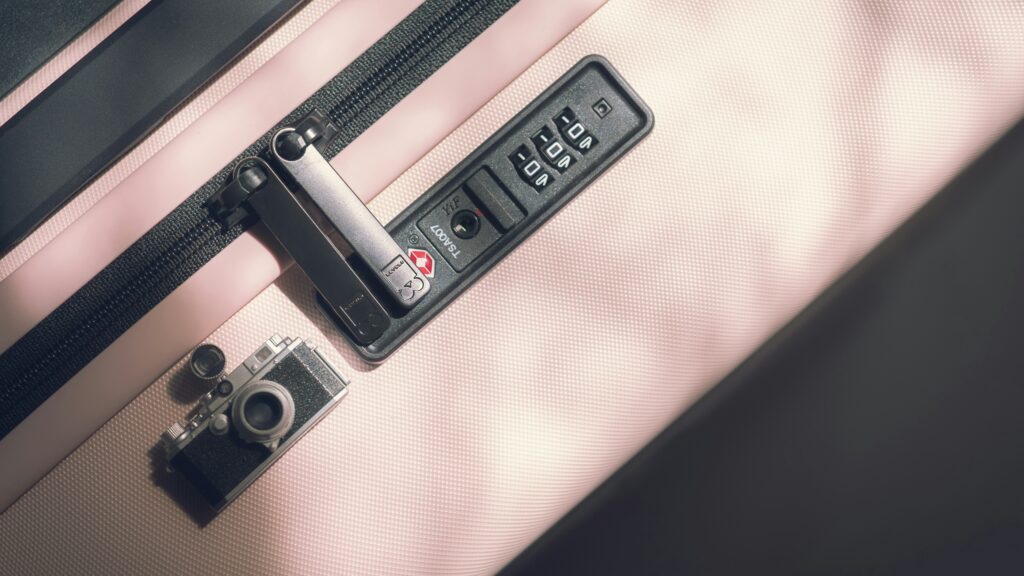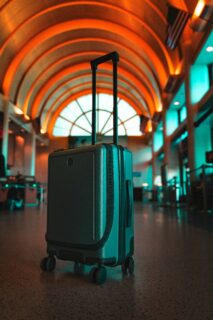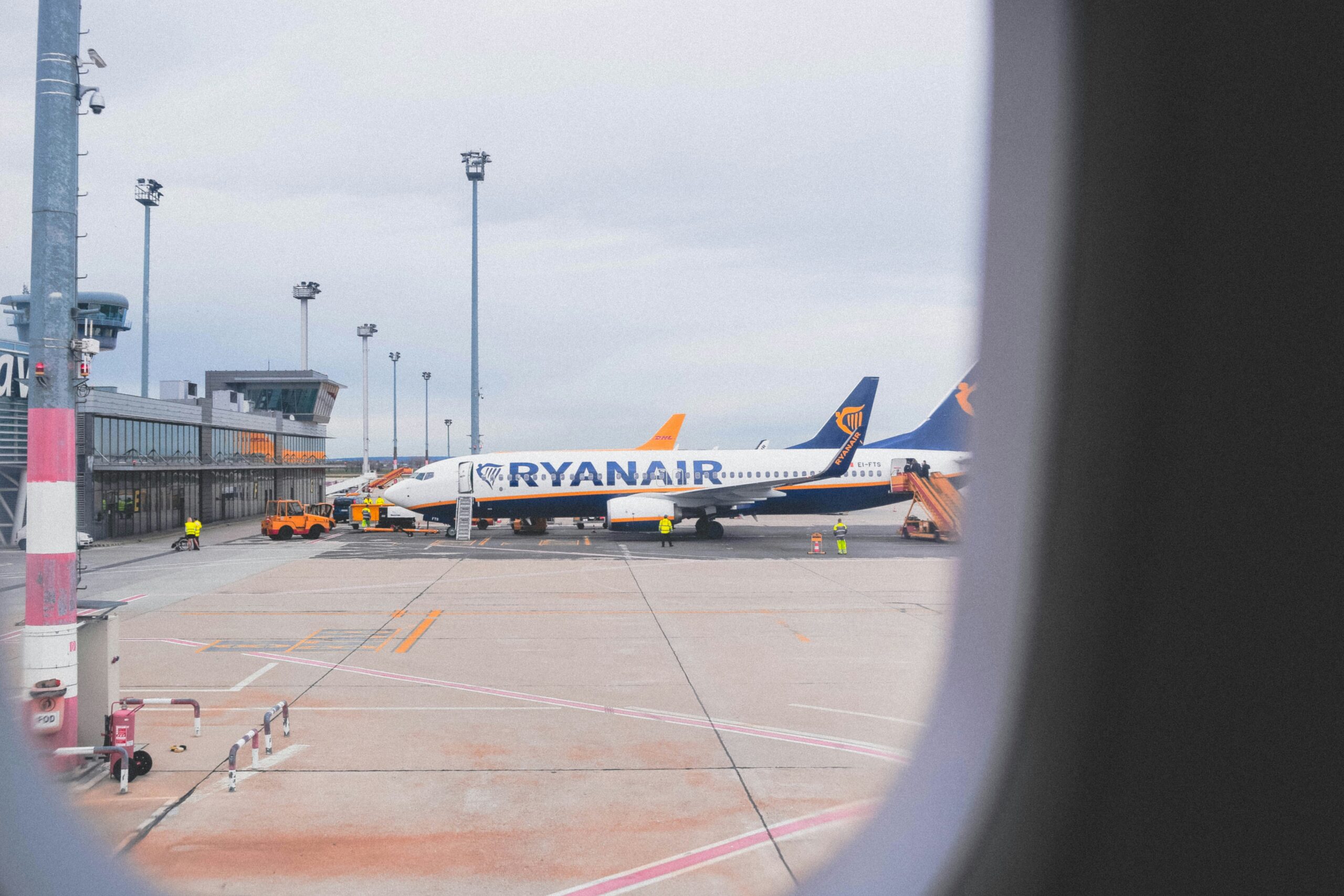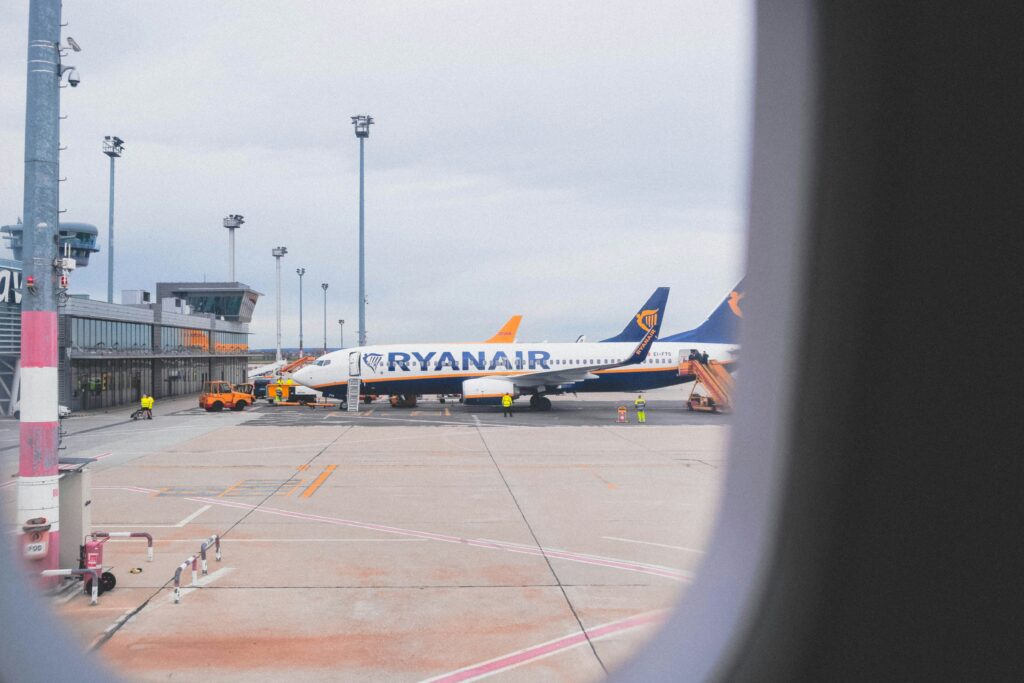Why You Should Always Consider Locking Your Carry-On
When thinking about air travel, many passengers wonder whether to lock their carry-on luggage. People often assume that since your valuables stay close to your person in the cabin, they are likely to be secure throughout the journey. However, this logic falls apart in the following scenarios, leaving unlocked carry-on vulnerable to theft and tampering.
Your Bag May Not Stay Near You

One of the biggest misconceptions about carry-on luggage is that it will always be within arm’s reach. In reality, overhead compartment space operates on a first-come, first-served basis and is highly sought after as people seek to get the best value from their fare by taking advantage of carry on allowances.
Your carefully chosen aisle seat doesn’t guarantee overhead space directly above you. Flight attendants may need to store your bag several rows away, or even in a different section of the aircraft entirely.
When flights are fully booked and overhead space becomes scarce, airlines may gate-check carry-on bags at the last minute. Your unlocked bag could end up in the cargo hold alongside checked luggage, where it faces the same security risks as any unprotected checked bag. Without a TSA accepted lock, your belongings become accessible to anyone handling luggage during the loading and unloading process.
Airport Vulnerabilities Are Real
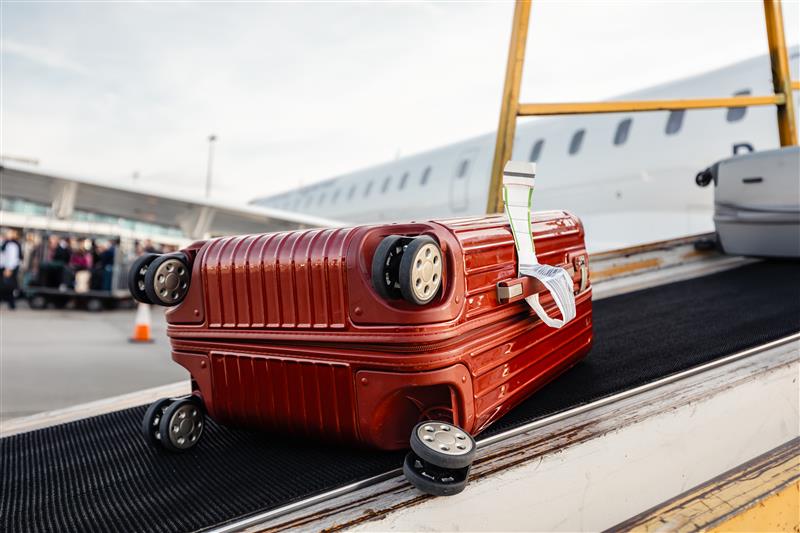
Airports present some unique security challenges that extend beyond the aircraft itself. The busy environment creates opportunities for opportunistic theft. Whether you’re juggling boarding passes, passports and coffee while navigating security lines, or momentarily distracted during gate changes, your carry-on may be out of your direct sight more often than you realise.
An unlocked bag essentially advertises easy access to anyone with questionable intentions.
TSA Locks: The Smart Solution
TSA locks feature a special mechanism that allows Transportation Security Administration agents to open them for inspection without cutting the lock or damaging your luggage. After inspection, agents re-lock your bag, maintaining your security throughout the journey.
The psychological deterrent effect of a visible lock cannot be understated. While determined thieves might still attempt to access locked luggage, most opportunistic theft targets the path of least resistance. A locked bag signals that the owner is security-conscious and may have taken other precautions, making it a less appealing target.
Travel inherently involves surrendering some control over your environment. Using a TSA lock on your carry-on is one simple way to maintain agency over your personal security. It’s a small investment that pays dividends in both actual protection and psychological comfort.

